Category Archives: Fall 2014
Toward South Florida Aesthetics: An Oral History of GUCCIVUITTON
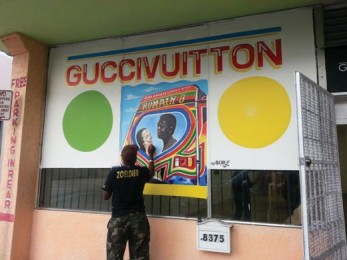
Written on September 13, 2014 at 7:32 am, by Jessalyn Santos-Hall
In the spring of 2013, Miami artists Loriel Beltran, Domingo Castillo, and Aramis Gutierrez started a gallery in Little Haiti called GUCCIVUITTON. I didn’t fully get the irony of the name until I attended an almost empty “collectors night” there, hosted by the Museum of Contemporary Art, North Miami. When I asked a museum staff person why it was so sparsely attended, she said “we think a lot of our members drove up, looked at the neighborhood, and kept driving—I mean we’ve had members not come to events because there wasn’t valet, so you can imagine they aren’t ready to stop in Little Haiti!” Despite such collector trepidation, GUCCIVUITTON has mounted some of the most interesting and eclectic exhibitions anywhere, with a sensibility that could only come out of Miami—in fact, that is their stated mission: to explore a colloquial South Florida aesthetic in its many forms. One sweltering afternoon during their Chayo Frank exhibition Gutierrez and Beltran walked me through an oral history of GUCCIVUITTON.
Walkin’ in the Sand with Beach Day

Written on September 13, 2014 at 7:17 am, by Jessalyn Santos-Hall
The first time I saw Beach Day perform was from the periphery of a sweaty mosh pit at Gramps Bar in Wynwood, where the band opened up for pop-punk icons the Thermals. Skate videos showing epic, painful wipeouts ran continuously on loop, projected against the side of an adjacent building. A haze of pink lighting enveloped the trio, tempered only by a few Christmas lights slung sparsely and haphazardly inside the small performance tent. When slender lead singer Kimmy Drake introduced herself as “just a Kendall girl,” referring to the blasé Miami suburb known mostly for its Barnes & Noble, audience members stirred restlessly. But then she froze the crowd with vocals that would’ve made Jack White, Kim Deal, and Phil Spector each nod their heads in tacit, rhythmic, hypothetical approval.
Cara Despain, Cast Set
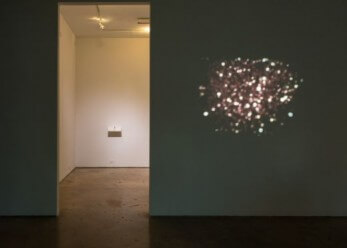
Written on September 13, 2014 at 7:15 am, by Kara Pickman
Thanks to growing up in Britain, my knowledge of the American West is largely based on The Lone Ranger television show and John Wayne movies. Luckily, these unimpressive credentials did not impede my ability to make sense of, and appreciate, Cara Despain’s exhibition Cast Set, presented in the project room at Emerson Dorsch. Like most viewers, I was able to access the popular tropes associated with the American West utilized by Despain, which the gallery text describes as being “embedded in our collective psyche.” The idea of a collective psyche strikes me as somewhat suspect, since it assumes a degree of exposure to Western culture (in the global sense) that is by no means universal.
Little Haiti Country Club
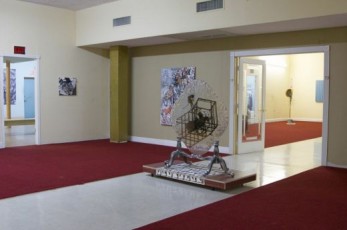
Written on September 13, 2014 at 7:11 am, by Kara Pickman
Miami’s artists who have been around long enough to have seen and inhabited the city’s waysides—those places just beyond the reaches of gentrification and development, but whose fate will likely meet both—know a familiar narrative. It goes like this: We jump from ruin to ruin and ride out the final stages of spaces bound to meet a very different future, lingering in the dingy moments that comprise its past before it is razed, renovated, or beautified in anticipation of a soon-to-be-changed neighborhood. In the dead of summer, with the hustle of the art fairs and the perfume-soaked, diamond-crusted upper level affairs on holiday, the artists can assemble themselves in their sweaty lair in true form. In this instance, it takes the shape of an exhibition of artists who are working, or have worked, in Little Haiti.
Urbes Mutantes: Latin American Photography 1944-2013
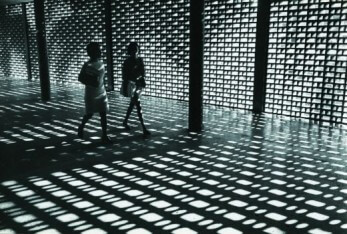
Written on September 13, 2014 at 7:09 am, by Kara Pickman
Urbes Mutantes: Latin American Photography 1944-2013 announces itself first as an exhibition of street photography. The mobility of the photograph, the viewer is told, lends itself synchronically to the rhythms and transient excesses that compose the chaos of city life. This evocative intimacy between photography and the frenetic charge of the urban strike a particular resonance in Latin American cities. Such is the curatorial premise of the exhibition, organized by Alexis Fabry, curator of the Poniatowski collection; and María Wills, a curator at the Museo de Arte del Banco de la República in Bogotá; currently presented at the International Center of Photography in New York. Consisting of more than 300 images selected from the private collection of Stanislas and Leticia Poniatowski, Urbes Mutantes offers an incredible survey of photography across 10 Latin American countries.
Poems
Written on September 13, 2014 at 7:01 am, by Kara Pickman
There is dignity in emerging from the gym, curved from glass, ripe
in the valet wait, all of us, together, breaking under the super moon,
mid-career Drake on the satellite radio, all of us, listening, leather,
fake leather, whatever. There is dignity in the way the wind moves
through the palms like a venetian shade in a rented room.
A Landmark Proposal
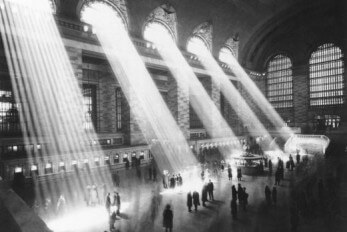
Written on September 12, 2014 at 5:46 am, by Kara Pickman
In 1994, when I was Chief Curator for Architecture and Design at the Museum of Modern Art, I testified before the Commission on Chicago Landmarks in favor of protecting the 1951 Arts Club of Chicago designed by Mies van der Rohe. For my troubles I got called a carpetbagger in the city’s newspaper of record. Since then, I have come to realize that name-calling is standard practice in preservation “debates.”
I’ve been involved in a few other efforts to protect landmarks, but I don’t consider myself a preservationist. Why? Because the “ist” in preservationist implies an “ism,” an ideology. And the ideology of preservation—or how it is should operate in practice—is never very clear, at least not to me. Perhaps that is why name-calling is so prevalent as the typical preservation debate plays out like a media smackdown between private property owners and preservation activists, generating more heat than light.
